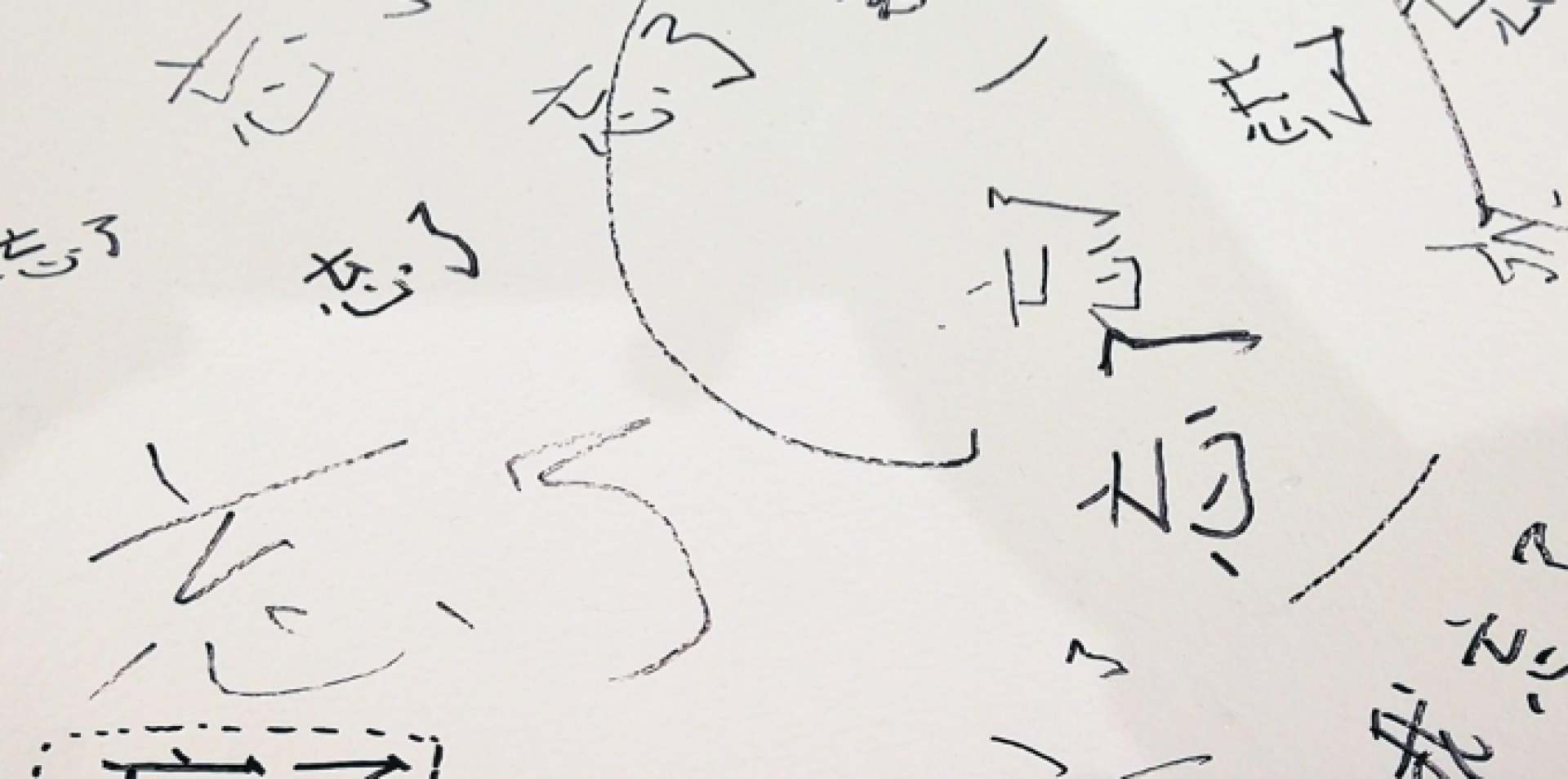Richard McGregor, Xi Jinping: The Backlash, Penguin Random House Australia/Lowy Institute, 2019, 144 pgs.

Richard McGregor’s Xi Jinping: The Backlash is a call for Western countries to come together and stand up to China:
That does not mean replacing cooperation with confrontation at every turn. It simply means competing with China, speaking openly about its actions and standing up to it when necessary.
It’s a useful, concise book—easily read in an hour. McGregor first explores Xi’s background and ideological outlook to show why Xi’s ultimate goal is a powerful China run by the all-powerful Communist Party. He shows how this thinking resulted in Xi’s anti-corruption campaign, now in its seventh year, and moves towards a more state-directed economy. And then he looks at how a handful of countries—the United States, Australia, Germany and Singapore—are reacting to the more assertive foreign policy that has accompanied Xi’s domestic turn towards making China a more authoritarian polity.
McGregor notes that many people outside China tend to underestimate the Communist Party’s dedication to using all means to hand to secure its goals and how extensive its activities have become around the world. But overreach on Xi’s part—including the militarisation of the South China Sea, the continual theft of intellectual property and technology and the detention of perhaps a million or more Uyghurs in Xinjiang—has finally resulted in a backlash.
Converting this into a change in China’s behaviour, however, will call for other countries to also be willing to bear some costs. They should be willing, McGregor concludes, for doing otherwise “will allow Beijing to pick off smaller nations such as Australia one by one. That would leave not just regional nations isolated. Eventually the United States would be on its own as well.”
What I liked about this book is how McGregor, author of The Party (2010), still the best account of how the Communist Party of China’s operates, shows the extent to which Xi sees his leadership role as being to run absolute control from his hands through the Party to every corner of China and as far as possible overseas. Like James Mann in his 2007 book, The China Fantasy, McGregor’s goal is to persuade others to take the Communist Party’s ambitions far more seriously than they have up to now, particularly in the threat those ambitions pose to Western, liberal values and practices, particularly if, as McGregor thinks likely, Xi continues to lead China for the foreseeable future.
But what I liked less was also this overly Western outlook and its tendency to see China as a problem which has to be dealt with, preferably by countries ganging up to restrict its influence, or otherwise see themselves be “picked off”.
One problem is that—the special case of Taiwan aside—I find it hard to imagine any developed country suffering such a fate, or even quite what it might involve. Could New Zealand or Australia, let alone Japan or any Western European country really become a Chinese satellite? Another, as historian Rana Mitter has noted, is seeing things in such polarised terms excuses Western countries from doing the hard thinking necessary to come up with strategies that might allow them to deal with China’s legitimate ambitions when these threaten to harm Western interests (the US’s efforts to sabotage China’s technological advancement, for example).
Moreover, I can’t help wondering whether China is more vulnerable to change than McGregor would have us believe, especially in the face of what has now become the single biggest backlash against the way China is run – Hong Kong’s ongoing protest movement.
The burgeoning of that movement coincided with McGregor’s book going to press, allowing him to mention the first of its marches that drew more than one million people to the street. Since then it has moved on, morphing from opposing the Hong Kong government’s proposed anti-extradition bill into an uprising, calling for universal suffrage, the protection of its traditional liberal freedoms and an end to the encroachment of Communist Party control measures.
For now, it’s hard to see these protests changing China. Indeed, if the past is any guide to the future, it seems more likely that Xi’s ultimate response will be a demand for harsh repression. Writing on 1 October—the day a police officer shot and seriously wounded an 18-year-old protester—it is also all too easy to see violence escalating in Hong Kong to a point where it will be all too easy for the government to put emergency laws into effect, so accelerating a move towards harsh repression.
Yet, taking advantage of the fact that the future remains undetermined – that starting from here and now, many different courses of action are possible, why not consider what other ways forward present themselves.
Over four months of protests, people have created an astonishing array of actions to tell their government they want things to change: making human chains across the city and up and down its mountains, a never-ceasing tide of protest art, ever-evolving protest tactics, crowd-funded global media campaigns, new uses of social media and other digital technologies.
So accompanying a total failure of normal government and politics we have seen the emergence of a movement of extraordinary ingenuity and determination. It’s a movement that knows what it wants and is willing to risk everything to get it.
Hong Kong’s protesters will probably fail in reaching their goals—that’s what happens with most revolutions. But here are the answers to the problems that have bedevilled Hong Kong for the last two decades since its last golden era was brought to an end by the Asian financial crisis. Here are an energy and a dynamism that could and should be put to work rebuilding Hong Kong. Doing that calls for reorganising its moribund, vested interest-dominated economy, spending more on education, seriously investing in culture, encouraging urban design aimed at making Hong Kong a genuine people-friendly city, devising environmental initiatives that provide answers to climate change, and introducing accountable government. There’s no limit to what could be done.
China too will have to confront similar problems: what to do as economic growth slows; how to balance the differing interests that will be found in an ever-more complex society; how to encourage the new thinking that will be necessary as technology changes the way society works; and what to do as divergent views on how to run society continue to arise.
Control will remain one answer, at least for as long as Xi rules China. But post Xi, who is to say what may turn out to be possible. The shame is his decision to abolish term limits, opening the way for him to rule indefinitely. Yet as Hong Kong shows, backlashes can be hugely positive. So if there’s a backlash that promises hope for China’s future, it’s this one.
![]()

Simon Cartledge has lived in Hong Kong since the early 1990s. He is the author of A System Apart: Hong Kong’s Political Economy from 1997 till Now (Penguin, 2017), and is currently working on a book about freedom in the 21st century. He can be followed on Twitter at @HaYingSang.
